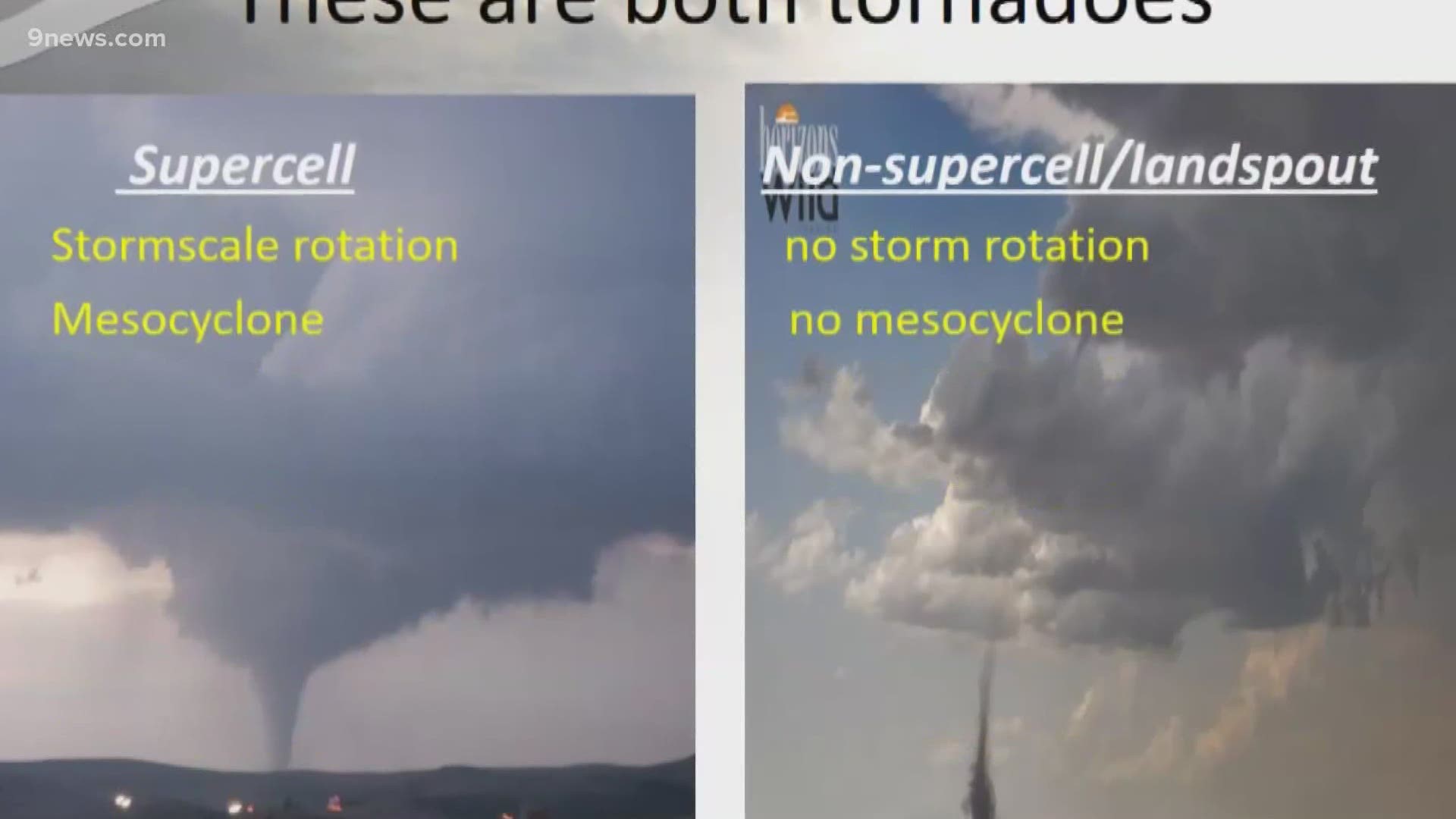COLORADO, USA — The National Weather Service (NWS) is usually very busy in the month of April training storm spotters in towns all across northeast Colorado – but all those sessions this year have been canceled due to the stay-at-home order.
The local NWS office in Boulder hosted its first-ever online storm spotter training session Tuesday night. They said that more than 600 people registered for the class, and most of them showed up.
After a two-hour training session, they became official weather spotters in the Skywarn Network, and will now be the eyes below the radar beam for the meteorologists who issue storm warnings for 22 counties in northeastern Colorado.
"We call it ground truth," said Greg Hanson, the warning coordination meteorologist at NWS Boulder. "We want to know what's really happening below our instruments, especially farther away from the radar."0
Hanson said an accurate storm report early in the day can also help them calibrate their instruments. Radar information that looks similar can mean different things on different days due to the way the atmospheric conditions change radar information.
"If we know that one inch hail is falling on the ground under a storm, we can look at the display and know what radar reflection one inch hail is under these conditions for the rest of the storm event," Hanson said.
And of course the spotters help them identify the dangers that are present in places where their instruments can't reach, like large hail, damaging wind gusts, tornadoes, and flash floods.
He said that the storm spotter class is truly a crash course but it’s loaded of specifics. That gives the National Weather Service confidence in the reports the receive.
“We trust them," Hanson said. "They’ve gone through the training and we trust what they are telling us."
STORM SPOTTERS vs STORM CHASERS
Spotters and chasers are a little different but their traits blend in quite a bit.
Storm spotters trained in the NWS sessions like the one on Tuesday night become part of a nework called SKYWARN. Hanson said there are more than 8,500 of these spotters in northeastern Colorado.
And while some storm spotters chase storms, most don’t go more than a mile from their homes. When they are activated by NWS or their local emergency management offices, they can coordinate with each other to cover the area.
SKYWARN began with HAM radio operators and continues to be a big part of the network.
Storm chasers are mainly interested in experiencing and witnessing storms while documenting them for personal or monetary reasons.
Many chasers are also SKYWARN spotters and call in storm reports to the NWS.
Hanson said all storm spotters and storm chasers should be watching storms from home until further notice.
“So, we are asking everyone to heed the state and local orders," Hanson said. "If those orders are to stay at home, then that’s what we are asking people to do."
The NWS is planning to have another online training session in case there are more that want to join the spotter network.
SUGGESTED VIDEOS | Local stories from 9NEWS

